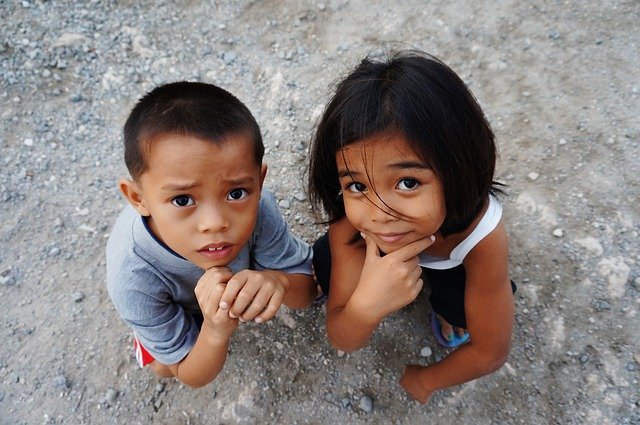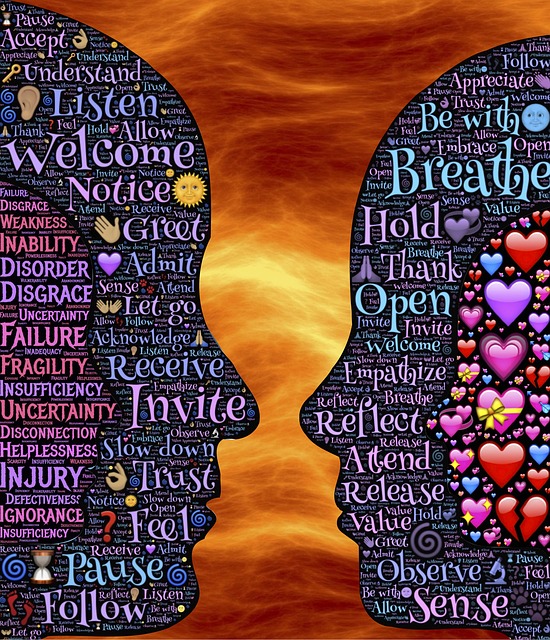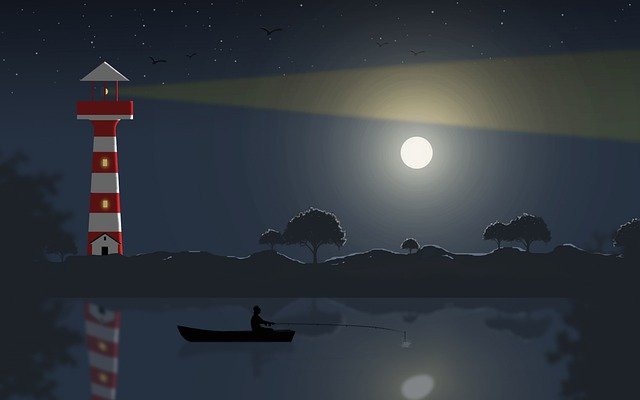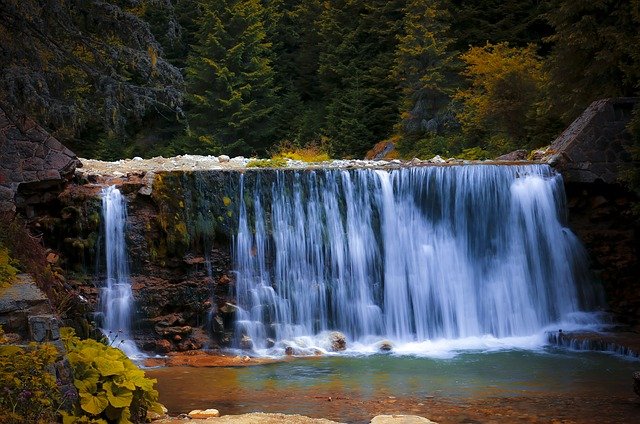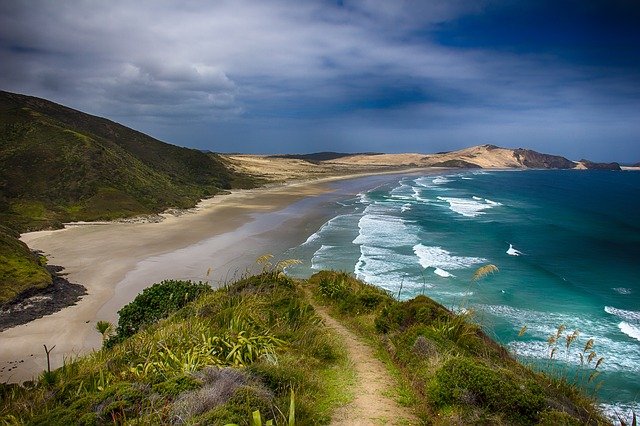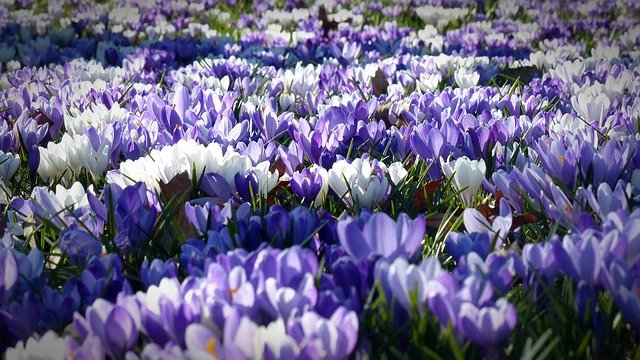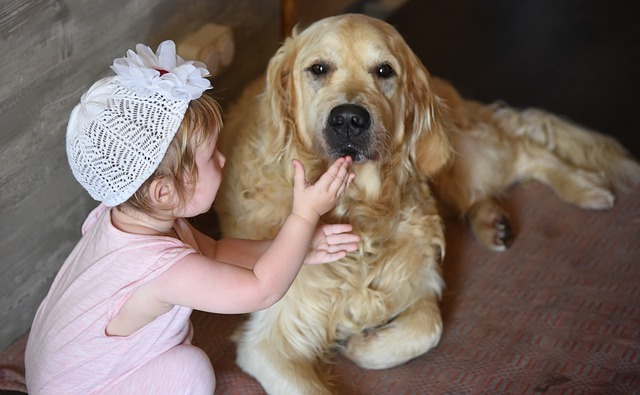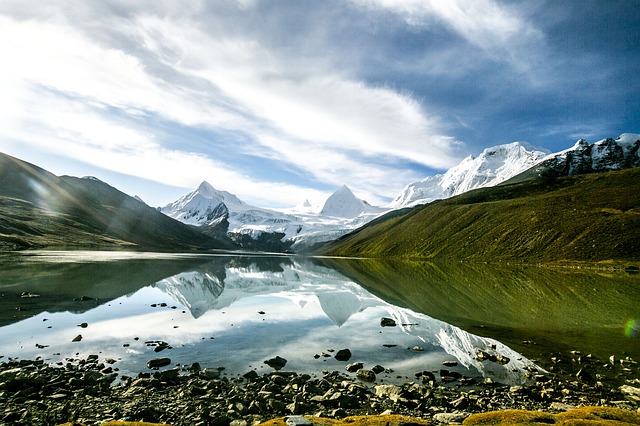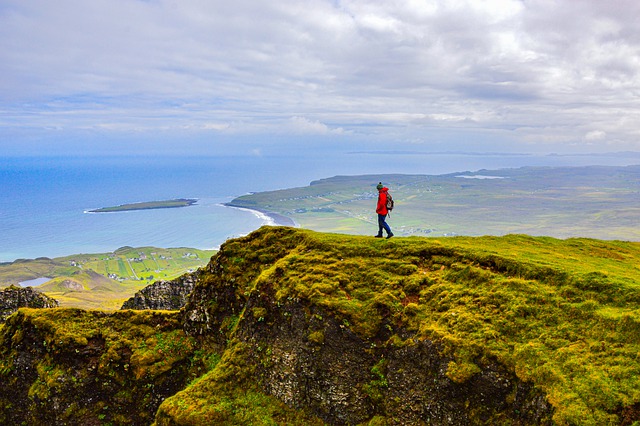Dr. Gabor Maté encourages us to look beyond trauma and addiction to the unfulfilled needs and pain that lie beneath. He maintains that the traumatic events and adverse childhood experiences are not the trauma but the catalyst for the trauma that is created within an individual. This traumatised inner landscape reflects the pain of unfulfilled needs experienced by the individual and manifested in addictive behaviours, that are often self-destructive. The internal trauma involves disassociation from one’s true self and distortion of internal and external perception.
Gabor offers compassionate inquiry as a way to help a client access their inner pain and distorted self-beliefs. His approach is confronting but compassionate, penetrating but respectful, persistent but with a healing intent. He is intent on helping an individual come to his own truth and to understand the connection between their trauma experiences and their addictive behaviour. He makes the point that addiction is not just about drugs but people can be addicted to anything – to work, sex, “the need to please”, money, food, shopping, or anything else that holds them captive in compulsive behaviour that is injurious to the individual physically, mentally or intellectually.
One way we can understand the pain that lies beneath other people’s addiction and our own is to hear Gabor talk about examples and/or see him work with someone in his compassionate way. By observing him unravel the threads that link a traumatic event or developmental experience to the self-talk that underlies addictive behaviour is enlightening and a motivation for compassion for others and self-compassion.
The negative self-stories that lie beneath addictive behaviour
We are very impressionable in early childhood and are forever trying to make meaning out of events in our life and experiences that flow from these. Gabor states that children are basically “narcissists in the developmental sense” – everything is personal to them. When parents, for example, are unhappy, fearful or sad because bad things are happening, then the child thinks “it must be about me” and develops low self-belief and negative self-talk accordingly.
Gabor talks about his own addiction to his work as a family medical practitioner as a way of fulfilling an unmet need. His adverse childhood experiences during the Holocaust led him to believe that he “was not wanted in the world”. His workaholic behaviour, negatively impacting his family and his clients, was designed to enable him to feel as though he was wanted and needed. However, the continuous positive reinforcement of his role led to entrenchment of his addiction to work. Beneath the workaholic behavior was an attempt to address the self-talk that reflected the pain of an unfulfilled need – the need to be wanted and protected (a basic attachment need).
In his interview podcast with Joe Polish, Gabor explored what Joe described as his sex addiction earlier on his life. He had been molested in childhood over two years and his parents, who themselves were traumatised at the time, did not protect him. His negative self-talk then was around “I am only valued for my body” – thus leading to addiction to sex to fulfill his unmet need to be wanted and needed. Gabor stated that acknowledging and confronting this unmet need is painful but essential for healing. Addiction is often an escape to avoid facing up to a deep pain that seems bottomless.
Developmental trauma and worldview
In the interview with Joe Polish, Gabor maintained that there is another form of trauma that is not derived from a specific traumatic event. He described developmental trauma as a disconnection from self that arises through a defective developmental childhood, resulting in a distorted worldview. He instanced the different developmental traumas that can arise with parents who fail (for whatever reason) to provide a balanced environment for a developing child. If, for example, the father was highly competitive, aggressive, domineering and “raging” at times, the child learned that the world “is a horrible place” and the way to survive is to be aggressive, grandiose and defensive.
If, on the other hand, a child experienced an early childhood environment where she was bullied by her peers and informed by her mother that she should get out there and face them for “there is no room for cowardice”. In Gabor’s interpretation, the message would be “to suck it up” – put up with whatever is happening, even if it is abusive and bullying. Gabor commented that this worldview would lead to passive behaviour, even where someone is abusive and aggressively invading your personal space.
So our early developmental experiences can lead to aggressivity or passivity, depending on the nature of these experiences. In both the early childhood experiences described above, there was an unmet need for protection and warmth. The pain of this deficit was hidden beneath the individual’s distorted worldviews and consequent “habituated behavioural patterns”.
Reflection
Gabor maintains that “recovery” from trauma and addiction involves “reconnection with yourself” – being in touch with your feelings, intuition and insight. It also involves replacing distorted perceptions of the world and self with compassionate understanding of the fragility and complexity of the human condition.
When I think of my early childhood, I recall the 18 months I spent in an orphanage separated from my younger sister and parents when I was four years old, as well as the 12 months boarding 100 kilometres from home when I was seven years old. My negative self-talk, in line with Gabor’s experience, would have been “I am not wanted by my mother” (even though she was suffering serious illness at the time and could not take care of me while my father was on army duty overseas). These early adverse childhood experiences may have translated, after completing secondary school, to my pursuit of study for the priesthood – a very strong desire of my mother. Thus I could have been trying to fulfill that unmet need to be valued by my mother – and during the five years of my religious life I certainly gained reinforcement of how much my mother valued me in that role. I left the religious life more than 50 years ago because I decided “it was not for me”.
On reflection, I can see that my distorted perspective of what I perceived as a lack of care and concern for me by my mother was derived from my narcissistic orientation as a child (in reality, my mother was incredibly thoughtful, kind, generous and courageous – at the time of my separation she was not only very seriously ill, but grieving for the death of my four month old brother that occurred just before I was sent to the orphanage).
As we grow in mindfulness through reflection and meditation, we can gain insight into the antecedents for our behaviours and come to understand the source of our negative self-talk. We can also renew our sense of wonder and awe, not only about nature but human life as well.
___________________________________________
Image by Carina Chen from Pixabay
By Ron Passfield – Copyright (Creative Commons license, Attribution–Non Commercial–No Derivatives)
Disclosure: If you purchase a product through this site, I may earn a commission which will help to pay for the site, the associated Meetup group, and the resources to support the blog.
